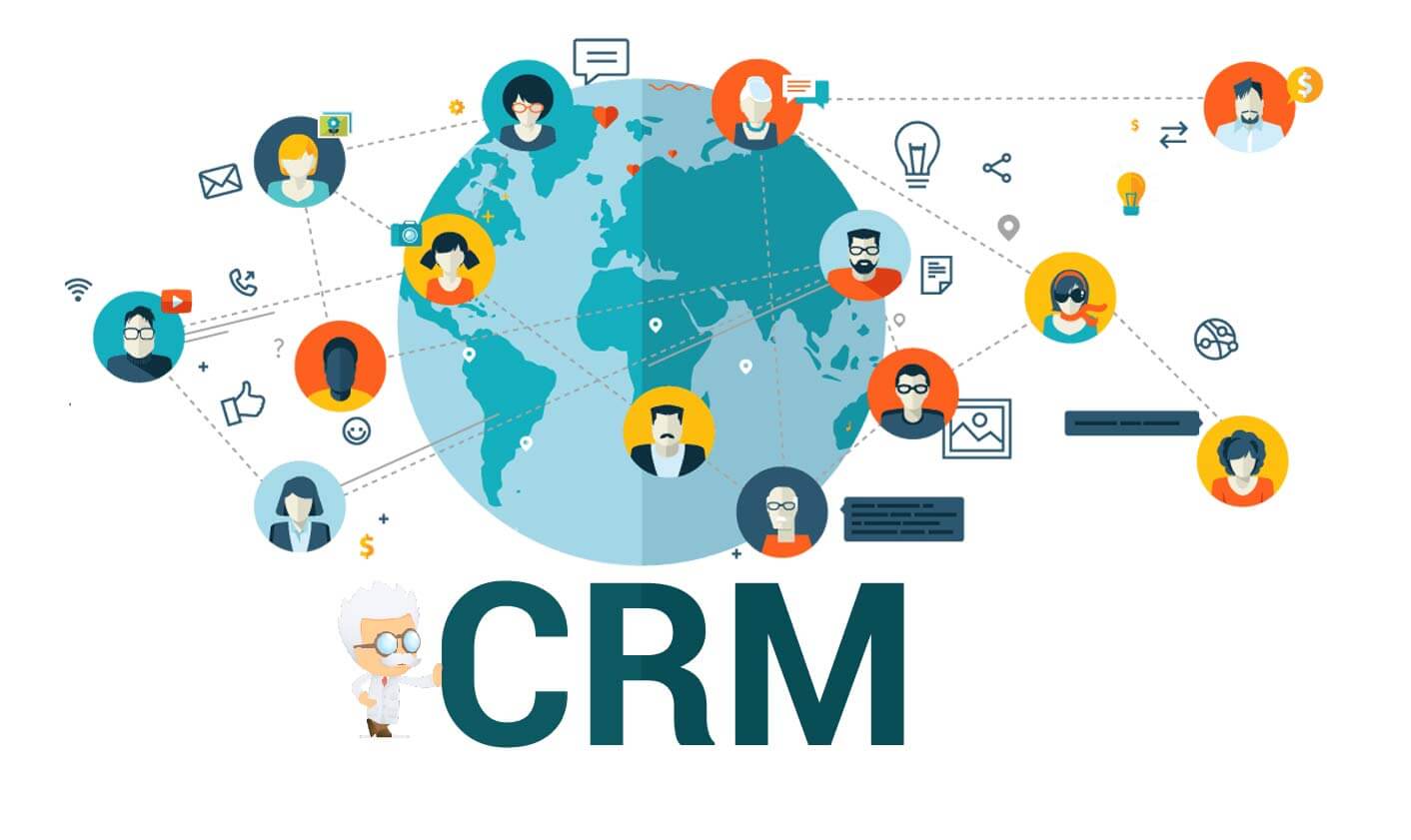3D Animation: Beyond Entertainment
3D animation isn’t just for the entertainment industry. It’s crucial in fields like education, medicine, architecture, and advertising, especially for engaging younger generations. Imagine transforming your artistic visions into reality on the screen! 3D animators bring lifelike objects, characters, and settings to life. This guide will explore 3D animation, its production, helpful tips, recommended software, and resources for beginners.
What is 3D Animation?
3D animation is a computer graphics technique that brings characters, objects, and props to life. It creates the illusion of movement within a three-dimensional space, making animations appear closer to reality. Unlike 2D, which is limited to the x- and y-axes, 3D animation includes depth (the z-axis), creating a more immersive experience. This technique is widely used in TV shows, films, games, architecture, engineering, and commercial advertising, producing realistic visuals that captivate audiences.
A Brief History of 3D Animation
The history of 3D animation dates back to the early 1900s with the use of clay models in stop-motion films. Over time, pioneers like William Fetter and John Whitney used animation for scientific and research purposes. In 1993, Jurassic Park introduced audiences to realistic dinosaurs through 3D animation. Two years later, Pixar’s Toy Story—the first fully computer-generated film—set a new standard for animation, marking 3D as a powerful storytelling tool.
Key Differences Between 2D and 3D Animation
The main difference lies in depth. While 2D animation is limited to flat, two-dimensional space, 3D animation includes the z-axis, allowing for lifelike, complex animations that create an immersive experience. While 2D is simpler to produce and maintains a cartoonish quality, 3D animations provide detailed, realistic visuals.
Why Use 3D Animation?
3D animation has gained popularity because it tricks the human eye through rapid, consecutive images that create an illusion of life. Its applications span across fields like advertising, education, gaming, medicine, architecture, and more, providing engaging, high-definition visuals that enhance user experience.
Techniques and Methods in 3D Animation
Here are some popular techniques in 3D animation:
- Stop-Motion: Animators create individual frames played at high speed to form a video. Variations include claymation and CGI stop-motion.
- Stereoscopic 3D: Adds depth through separate views for each eye, enhancing the illusion of realism.
- CGI Cutout Animation: Uses pre-cut shapes or images to create animated videos, as seen in South Park.
- Digital 3D: Incorporates polarized images and glasses for an immersive experience, commonly used in 3D movies.
The 3D Animation Process
Creating a 3D animation is a complex, multi-phase process:
- Modeling: Building 3D objects using specialized software.
- Layout & Animation: Placing and animating characters or objects within a scene.
- Rendering: Combining elements like lighting and textures for the final product.
Rendering is a critical, time-intensive phase where each frame is meticulously crafted, making it highly dependent on CPU power.
Incorporating realism, creativity, and advanced techniques, 3D animation is a growing field that enhances both storytelling and business branding. With the constant advancement of software and techniques, 3D animation promises endless possibilities for the future.



 What is Customer Relationship Management (CRM) software?
What is Customer Relationship Management (CRM) software?
 What is a learning management system (LMS)?
What is a learning management system (LMS)?
 Top 5 Software Tools Every Entrepreneur Needs in 2024
Top 5 Software Tools Every Entrepreneur Needs in 2024
 Hostinger Coupon Code October 2024: Grab Up to 90% Discount + Free Domain & 3 Months Hosting
Hostinger Coupon Code October 2024: Grab Up to 90% Discount + Free Domain & 3 Months Hosting
 How to Build an E-Commerce Website in 24 Hours
How to Build an E-Commerce Website in 24 Hours